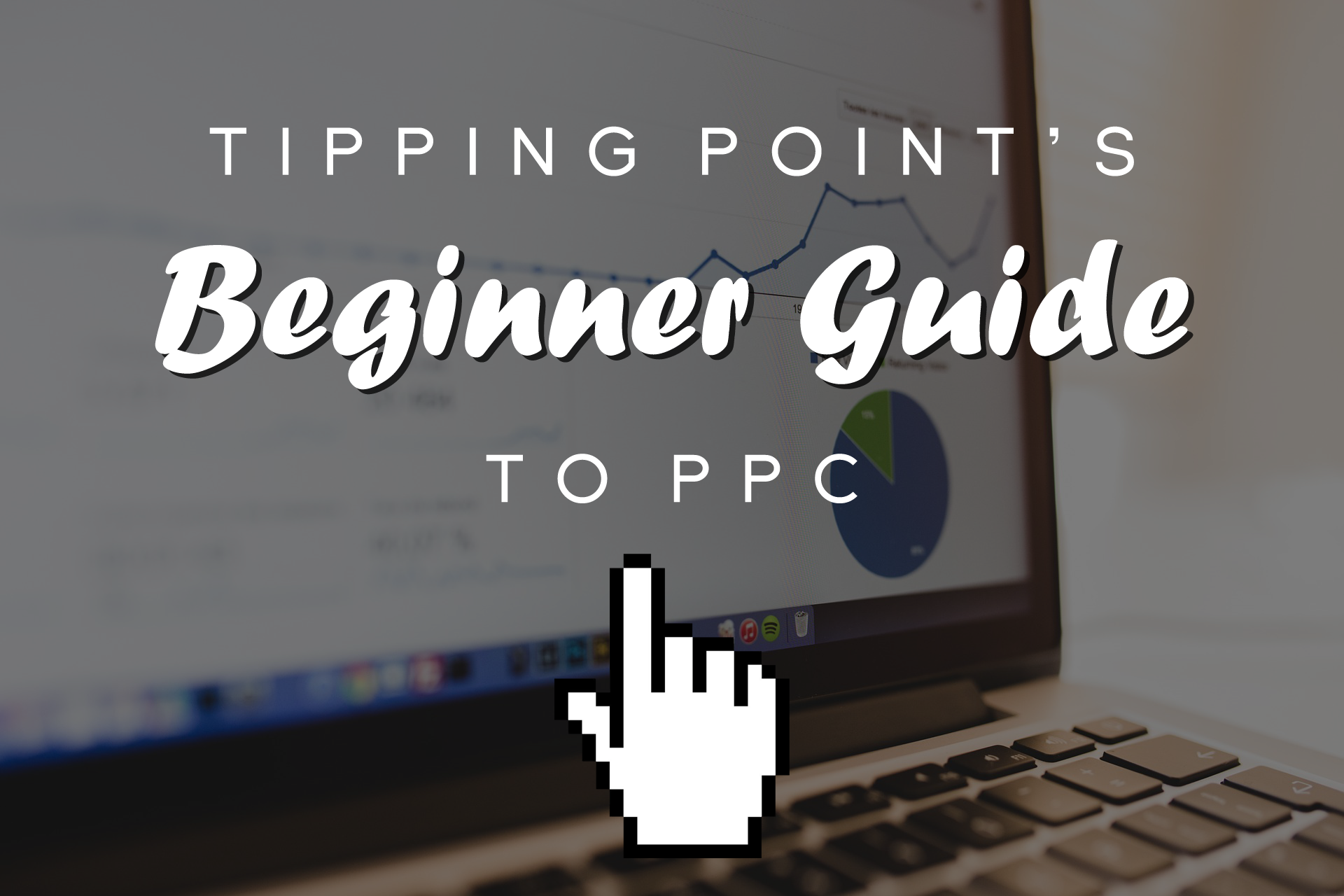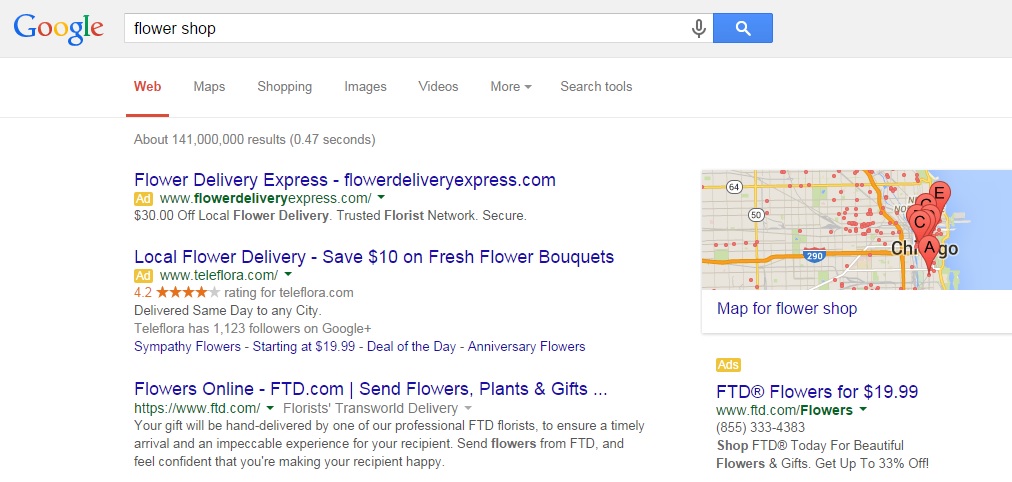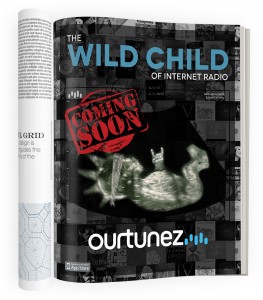PPC is a common term in today’s digital world. Many people have enough of an understanding to know that PPC is an acronym that stands for “pay-per-click,” but what exactly is pay-per-click advertising and how do brands properly utilize it to enhance their marketing efforts? We’ll provide you with everything you need to know to get started in PPC advertising.
How PPC Works
Simply put, PPC ads let a company buy visits to their website. Whenever a user clicks on the ad, the advertiser will be charged for the visit. There are a couple of reason your company may want to implement a PPC campaign. You’ll want to create a PPC ad if your company has seasonal items or promotional products. It’s incredibly beneficial if you want to target a specific demographic of customers, or a certain geographical area. PPC is also very useful if you have a strict budget for your digital marketing. The power of pay-per-click is having the ability to produce solid results with a small budget. There are several PPC advertising formats, but the five most popular are Google, Bing, internet display ads, Facebook, and Twitter. Although, it is worth noting that Instagram has recently started increasing its advertising efforts. With over 300 million active users, Instagram is certainly a platform worth considering to advertise on.
Google Search Ads
Google search ads are presented at the top of a Google results page after a search is made for a specific keyword. For instance, if you were to search flower shop there are two ads that pop up at the top of the search results. You’ll also see ads on the right side of your search results.
Paying for Google search ads increases your brands visibility by putting it at the top of the search results for the keywords that you want to rank for and they are incredibly effective. Research shows that 64.6% of internet users click on a Google Ad first when they are looking to buy an item online. To advertise on Google you’ll need to create a Google AdWords account. Companies choose the keywords they want to bid on and enter the amount they are willing to pay for each click. These two factors determines when the ads are shown and where they’re placed in relation to competitors’ ads.
Bing Search Ads
Bing Search Ads are just like Google Search Ads, but they are found on Bing’s search platform. Again, to place an ad companies choose keywords and enter the amount they’re willing to pay for each click.
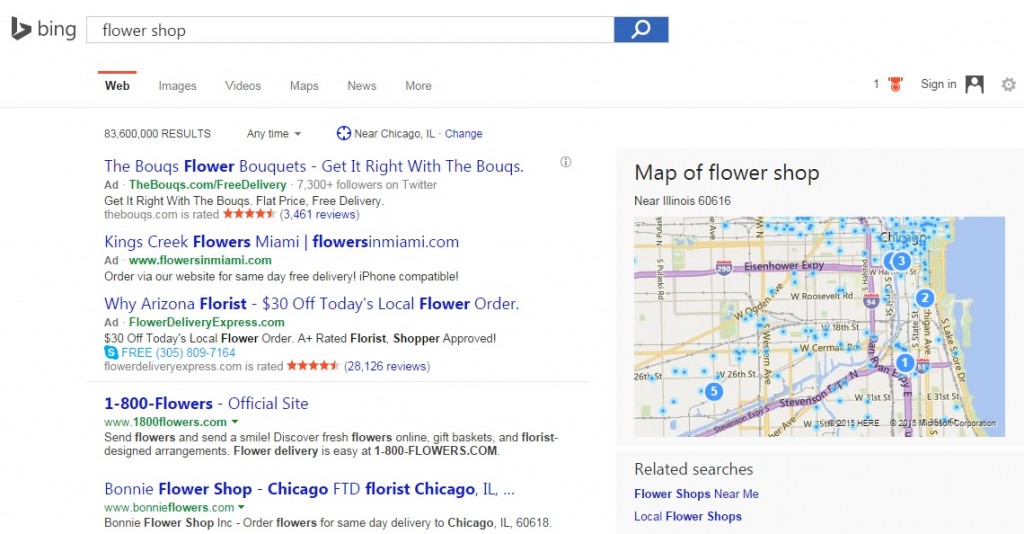
Bing has a much smaller user base than Google. Bing currently controls 18.4% of all U.S. search query volume as compared to Google’s 67.5%. However, advertising on Bing does have its benefits. There’s significantly less competition for keywords on Bing which leads to a far cheaper cost per click. Bing also offers better device and demographic targeting options as well as better social extensions. You’ll notice in the search example above that Flower Delivery Express is utilizing Bing’s Skype extension.
Display Ads
Display ads are not confined to a certain search engine. Rather, display ads are presented all across the internet as pictures, videos, text, and interactive ads. Display ads allow companies to get creative with their ad formats and where the ads are placed. Google allows advertisers to target websites that would be relevant to the display ad. One such example would be this display ad for David’s Bridal on the wedding website, The Knot.
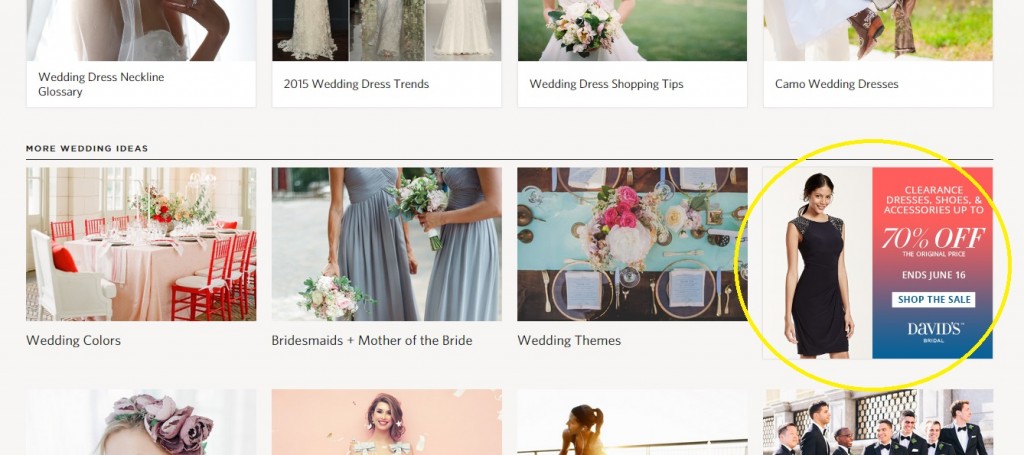
The cost of placing a display ad is very similar to that of a Google Search Ad. Companies place a bid for the price they are willing to pay and once an available spot opens up on a website the highest bidder receives that spot.
Facebook Ads
If you’re a Facebook user you’re bound to have noticed a few ads that have popped up in your News Feed or in the sidebar. Facebook allows advertisers to create and promote their posts to a targeted audience. The posts pop up with a sponsored stamp on the top left of the ad.
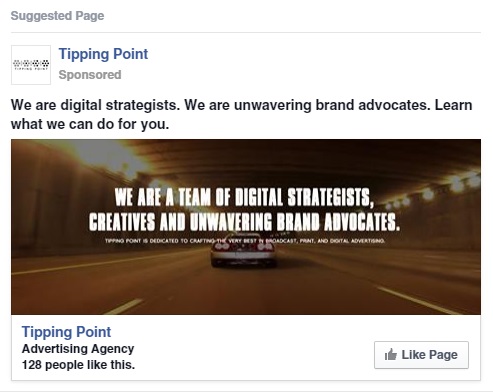
The cost for Facebook ads can very greatly depending on a couple of different factors. Competition, industry, and location all play a role in determining cost. Placing an ad is similar to the bidding processes with Google and Bing. Companies select the amount they are willing to bid and Facebook calculates the frequency the ad will be shown compared to competitors bids. One of the benefits of creating a Facebook Ad campaign is having the ability to easily budget advertising expenses. Advertisers can set a dollar amount to spend daily, weekly, or yearly and the ad will run until the budget limit is reached. Another benefit is the targeting specificity. It becomes very easy to target a specific audience on Facebook, because people share all kinds of different personal information (gender, age, interests, hobbies, relationship status, etc,) on the platform.
Twitter Ads
On Twitter companies pay to “promote” their tweet. “Promoting” means that the tweet will show up on everyone’s Twitter Feed whether they are a follower or not. Promoted tweets will pop up on feeds with a promoted stamp on the bottom of the tweet. Advertisers pay for the promoted service each time an ad is clicked on.

How To Achieve PPC Success
Achieving success with PPC takes a significant amount of time and effort. Once you craft your ad and get it placed there is still much more that must be done. In order to truly master PPC you must do the following things.
Define Your Target Audience – This is a given with any campaign. It’s important to flesh out who your target audience is. You should answer questions like, where do they live? What hobbies do they have? How old are they? What are their internet tendencies like? Defining your target audience will help you optimize every other step of your ad campaign.
Keyword Research – Find relevant keywords that users might search that relates to the specific product or service you’re advertising. One of the best ways to find keywords is through Google AdWords Keyword Planner. The keyword planning tool provides keyword suggestions based on actual Google searches. If you are logged into your AdWords account, then AdWords will also give you a list of customized keywords tailored to the website tied to your account. For additional keyword help you can consult our beginner guide to SEO where we discuss keyword research in greater depth. The important thing to keep in mind is that keyword research not only consists of finding the right keywords. It also consists of weighing the costs of each keyword and determining which words would give you the best cost-per-click. You’ll want to maximize your budget by using keywords that focus on high value users that could become potential customers for your company. This is where knowing your target audience comes in handy. Keywords that produce the most value are typically 2 to 4 words in length and specific to your target audience.
Competitor Analysis – It’s very easy to become so caught up in your own PPC efforts that you forget about your competitors. Nonetheless, competitor analysis can offer very helpful insight for developing and refining your own campaigns. Google has a basic tool to start your analysis called Auction Insights. The Auction Insights report can be found under the campaigns tab. Below the performance graph there is a details drop down button. By clicking thedrop down you’ll find Auction Insights. Auction Insights will give you very broad insight into your competitors’ ad performances in comparison with yours. You’ll be able to see the impression share, the average search position, the overlap rate, the position above rate, the top of the page rate, and the outranking share percentage. If you need clarification on what these different metrics mean, simply hover your mouse over the question mark next to each term.
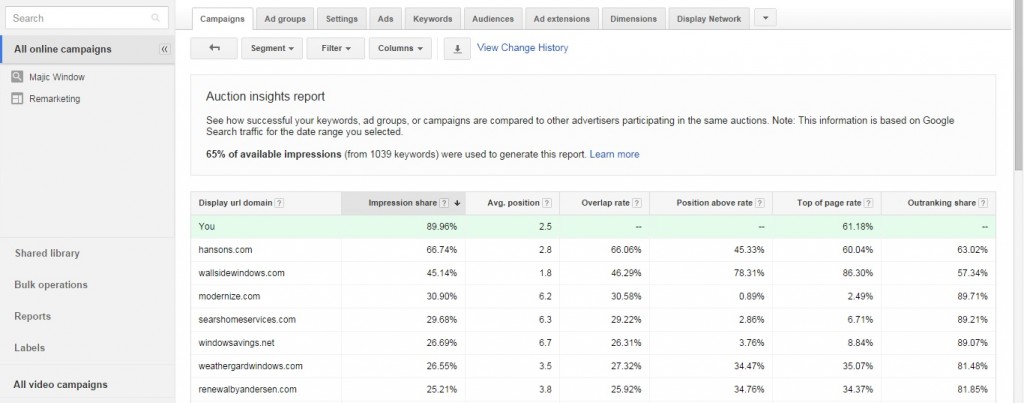
For more advanced competitor analysis you can turn to sites like SpyFu or SEMRush. Both of these sites will give you similar competitor data that’s far more specific than what Google provides. Simply type in your competitor’s web address and you’ll be able to find information regarding the exact keywords they’re bidding on, as well as, the words they are having the greatest success with. You can also view actual ad copies that they may have been running as recently as the month prior. Both sites offer free versions, but you do see roughly 90% more data with the paid versions.
Ad Creation – Keeping your target audience, important keywords, and competitor campaigns in mind set out to craft your ad on the ad platform of your choice.
Ad Experimentation – It’s very rare that the first ad you come up with will be the best. Craft several different ads to test which are more enticing for users. Play around with different word combinations, colors, and pictures.
Landing Page Creation – When a user clicks on an ad the page they are redirected to is known as the landing page. This page should include a clear explanation of what is being sold, a call to action, and a clean easy to navigate layout .We’ll talk more about crafting the perfect landing page in blog posts to come.
Landing Page A/B Testing – Experimenting with your landing pages is just as beneficial as experimenting with your ads. Testing with different landing page formats will allow you to learn which elements are lacking, and which page formats lead to higher conversion rates.
PPC Upkeep – Once you’ve finished crafting your ad campaign you should then work to maintain it. Companies often need to make changes to stay within a budget while maintaining conversions close to the target conversion level. Occasionally conducting a PPC audit is great idea to make sure your campaign is realizing its full potential. When conducting an analysis you’ll want to analyze the keywords being used, the naming structure of your campaigns, the set up of the ad groups, the quality score, and the extensions used. We’ll dive into PPC auditing with more depth in a a later post. One of the important things to keep in mind is that you don’t want to perform an audit after a recent account or strategy change. You will not be able to accurately measure the results of your new changes unless they are given time to play out.
To truly be successful with PPC advertising you must fulfill all of the aforementioned tasks above. Once you have a decent understanding of all of the information we provided, then you’re ready to start your very own pay-per-click campaign. As we previously mentioned, crafting a PPC campaign does require a lot of time and effort. If you’re not entirely willing or able to put in the time required that’s perfectly fine. Tipping Point can develop an effective, and affordable PPC campaign for you. Contact us today so we can begin discussing your PPC strategy. Have some cool techniques we didn’t mention that you’re using to rock your PPC campaigns? Leave us a comment. We’d love to hear about it!
